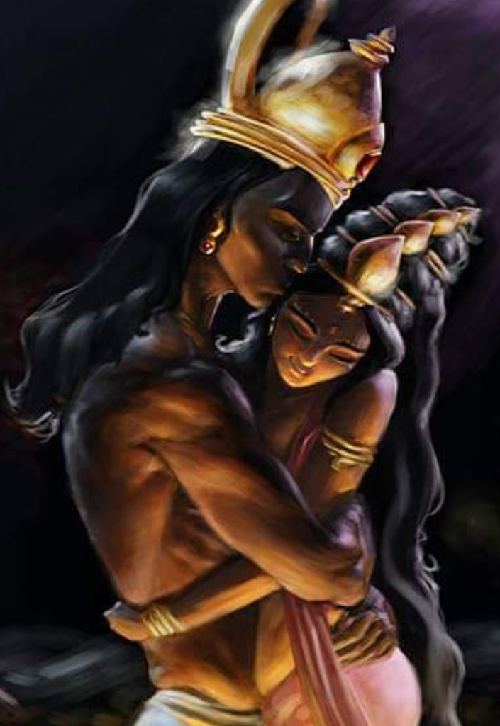 Mythology, derived from the Greek ‘mythos’ which means story of the people and ‘logos’ meaning word or speech, making it ‘spoken story of people’, often interprets sacred tales or fables of cultures. The Indian culture is vast and extremely complex, communicating varied versions of a story. The Ramayana itself has over 300 different versions!
Mythology, derived from the Greek ‘mythos’ which means story of the people and ‘logos’ meaning word or speech, making it ‘spoken story of people’, often interprets sacred tales or fables of cultures. The Indian culture is vast and extremely complex, communicating varied versions of a story. The Ramayana itself has over 300 different versions!
The various religious communities growing in India come up with their own ideologies and portray worshiping in their decided manners. An animation studio, Vaanarsena, was caught in the heat of rage with communities bad mouthing the Instagram page and trying to ban it for showcasing the Indian deities in a manner which they deemed derogatory .
In a rush to safeguard Indian culture due to various insecurities, (especially in the last 10 years) the masses trying to ban the social media page have been mixing the texts and feeding it to the audience in a manner that will appease everyone.
Art is about storytelling and this visual medium has always been a way to express ideas, and emotions. “Our studio was setup primarily to tell Indian stories. We have a vast repository of stories, fables, legends that spans over 3000 years. What we are doing now is just an extension of what has been done since the dawn of civilisation. A great example of this is all the temple sculptures and paintings that have already existed,” said Vaanarsena Studios senapati Vivek Ram.
Ram feels that a larger audience tends to believe that the facts they have learnt or heard over the years are the true versions. The fact of the matter is that our stories have all evolved over time and every story that we know of in India, has already had multiple versions with deviations based on current context, political scenario, and mass sentiment.
Sentiments of individuals get hurt when there is a lack of knowledge. The focus of studio’s work has been to educate. “Ironically the very idea of taking offense to someone having a different viewpoint is an imported thought!” adds Ram.
Many individuals have supported Ram and his artworks with positive comments and expressed respect to the painting which showcases nothing but pure love.
This is not the first time religious communities have showed rage towards the portrayal of Indian deities in art. Two popular online games including Smite and Blizzard’s Overwatch faced similar reactions due to use of Indian deity avatars for their game characters. Hinduism, being one of the world’s oldest, largest and most diverse traditions, also provided inspiration towards deities in their game. Universal Society of Hinduism president Rajan Zed urged Hi-Rez to remove the Hindu gods Agni, Kali, and Vamana, because he felt that their depiction in the game was disrespectful to their followers. He also released a statement urging Blizzard and Activision to remove an Overwatch skin he said “trivialized Hinduism’s highly revered goddesses.”
Ram also mentioned that corporate and funding bodies shy away from collaborating with Indian story creators as it is risky for their image and may lead to controversy. “We do need more people and studios telling our stories but we also need the same people to research and take risks,” he added.
This behaviour is only hampering the industry and blocking some good art to reach out to the audience. Vaanarsena Studios has also created Myth-o-Katha which tells stories from the Indian mythology in the most interesting ways. With a history so beautiful and artistic, Indians should be proud and have broader perspectives to welcome and motivate artists working on such art pieces and sharing knowledge with the generations to come.

